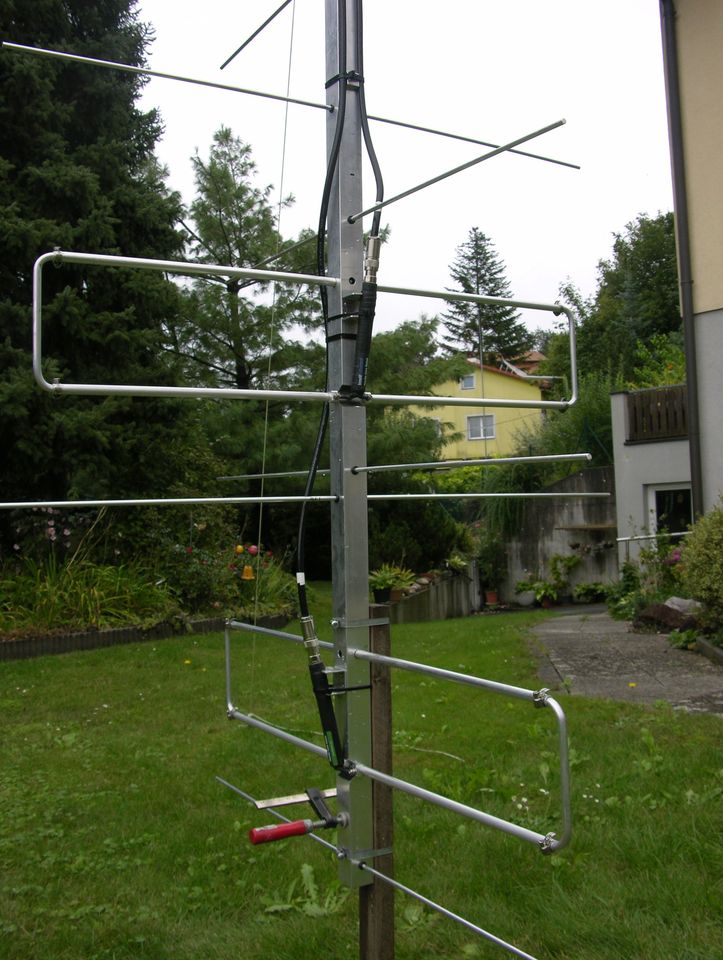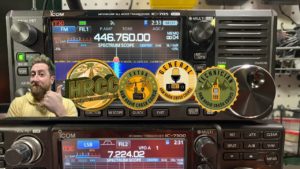InnovAntennas invest in Ansys

InnovAntennas have invested in Ansys HFSS 2020 R2, a fully 3-dimensional mesh-based simulation package to help in the perfection and production of the new OWL and LFA Ultra Yagi of lightweight Yagis.
Strength, lightweight and low wind-load are qualities required in a Yagi by the modern ham, in addition, low noise Quite, symmetrical X-pol/crossed Yagis that work well on both VHF/UHF.
HFSS allows for extremely accurate simulation of the complete antenna including booms, insulators, coax cable, and so on this removes a lot of manual confirmation time and uncertainty above the final results.
So why not simply apply ‘correction’ to the Yagi elements?
Simple fixed-length correction methods do not give accurate results, especially on 432MHz, and up to where the errors in this method are accentuated. It is for this reason, there has been no fixed-length correction on 23cms to work well or consistently for example.
On a long 70cms Yagi with a reflector of 340mm and final director of 250mm, applying a fixed-length correction (let us say 6mm for example) would mean there is a far higher percentage of correction applied to the last element to that of the first. If this result were to be reverse-engineered into simulation software, all elements would be getting progressively longer than those in the original software model and this would result in any low noise characteristics being drastically reduced or lost altogether.
Other factors also need to be considered. For example, the first and last elements would require far less correction than those in the middle of the Yagi on the basis there is a boom only on one side of each of them. Not just boom diameter but boom wall thickness plays a major role in the final element length as does the drill hole size in the boom the element passes through.
Ansys HFSS gives InnovAntennas the ability to not have to use or apply any correction as each antenna is modeled and finalized with the boom and insulators in place. Once completed, the antenna can be built to the final software suggested sizes and without adjustment is near perfect when built.
The Ansys electronics suite is used to simulate accurately many of today’s problems. Be it antenna placement results on aircraft, or motor vehicles, to air-flow / wind tunnel simulations for the motor industry. HFSS is even used to simulate radiation patterns of mobile/Cell phones when placed within a human hand.
In addition to the standard line of products InnovAntennas offer, customer antennas and systems including EME (Earth-moon Earth), Radio Astronomy and OHR (Over the Horizon Radar) are designed and built and now complemented by HFSS
For more information, contact sales@innovantennas.com
OE5KE shows off one of his 20el 144MHz X-pols on a 38mm square boom and reports ‘SWR is well below 1.1:1’
SOURCE:http://www.southgatearc.org/
If you have found a spelling error, please, notify us by selecting that text and pressing Ctrl+Enter.




